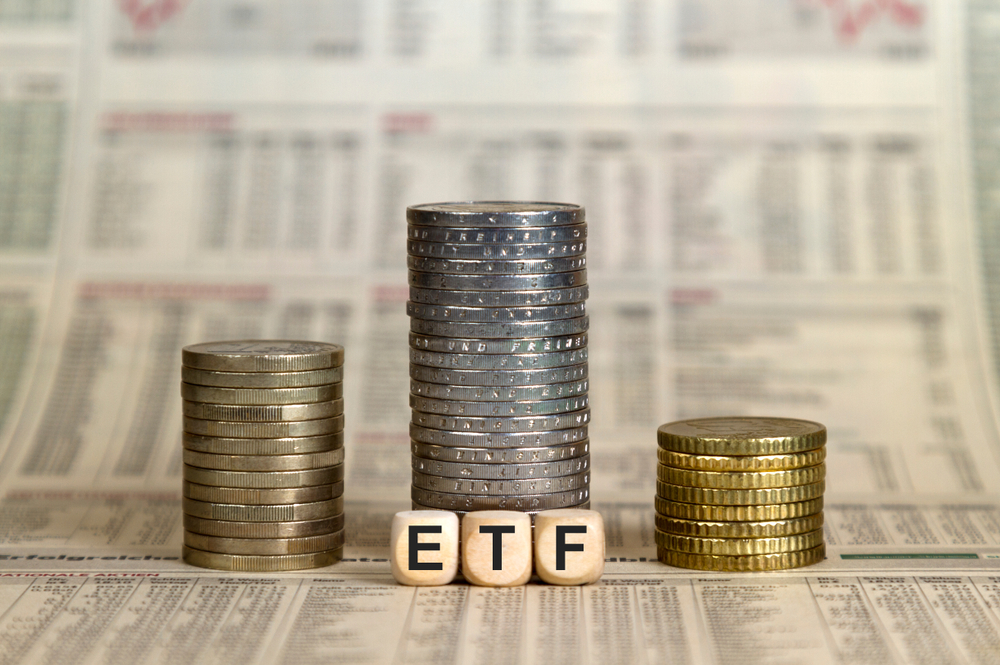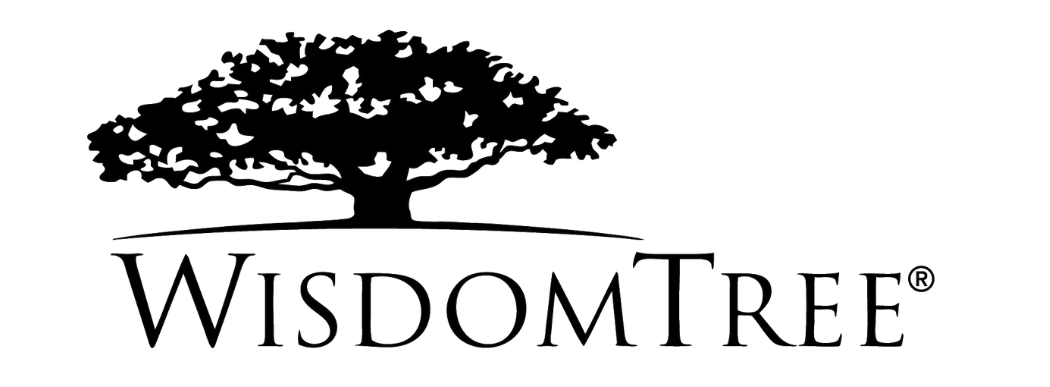Investors in Europe were once again married to low-cost core ETFs in 2022 as volatility and unprecedented asset correlation prompted demand for allocations to broad-based strategies.
As many of the optimistic trends of the previous year reversed, ETFs booked just over €80bn inflows in 2022, less than half the new money of 2021 and the slowest asset gathering since 2018, according to data from Bloomberg Intelligence.
However, these figures obscure the significant shift from mutual funds to ETFs in 2022, with flows into ETFs outpacing mutual funds every month through November.
While core vanilla products dominated this resilience, flows also point to other trends such as a resurgence in commodities, a yield reversal in fixed income and even ESG products maintaining their resolve.
Low-cost building blocks
For the second year in a row, the iShares Core MSCI World UCITS ETF (IWDA) claimed the crown of ETF with the highest inflows in 2022, gathering $6.5bn net new assets, according to data from ETFLogic.
The figure follows $10.2bn flowing into the ETF in 2021, which at the time was more than double the top inflow of the previous year.
Other core ETFs with huge asset gathering included the iShares Core S&P 500 UCITS ETF (CSPX) with $4.5bn inflows, the Xtrackers DAX UCITS ETF (DBXD) with $3.6bn, the Vanguard FTSE All-World UCITS ETF (VWRL) with $3.5bn and the iShares MSCI ACWI UCITS ETF (ISAC) with $2.6bn.
Bloomberg Intelligence ETF analysts Athanasios Psarofagis and Henry Jim noted the popularity of low-cost core ETFs contributed to “among the most important” years for the wrapper.
In fact, European investors piled €22bn into ETPs with a fee of less than 0.20% in the six months to 16 November while pulling €28bn from more expensive products, illustrating the preference for low-cost ETP offerings during market volatility.
Furthermore, cheap passive giant Vanguard only claims a 6% stake of Europe’s ETP market but made up 16% of new assets in 2022.
David Hsu, senior equity index and ETF product specialist at Vanguard, told ETF Stream: “It is clear that the growth of ETFs is not just about investment trend chasing but fuelled by longer-term, secular trends in the marketplace, in particular the shift towards low-cost investing. With this in mind, we think the outlook is very positive for further ETF adoption in Europe.”
US Treasuries capitalise on a yield reversal
ETFs also allowed investors to express convictions in fixed income including the return to favour of US Treasuries as yields surged on the back of the fastest interest rate hiking in two decades.
The leading beneficiaries of this were the iShares $ Treasury Bond 7-10yr UCITS ETF (IBTM) and iShares $ Treasury Bond 3-7yr UCITS ETF (CBU7) which saw $4.7bn and $3.2bn inflows, respectively, as yield of 10-year Treasuries shot from 1.51% to 3.49% in the first 10 months of 2022.
Investors also sought protection from monetary policy shifts by allocating to ETFs capturing shorter-duration US Treasuries, with $1.4bn flooding into the iShares $ Treasury Bond 0-1yr UCITS ETF (IB01).
Commodities in vogue
Far from purely being low-cost tools for buy-and-hold investment, ETFs also demonstrated their stripes as a tool for tactical asset allocation last year with over $2trn annual trading volume in Europe as investors used the wrapper to express short-term and cyclical convictions.
A prime example of this was the Xtrackers Bloomberg Commodity ex-Agriculture & Livestock Swap UCITS ETF (VBCU), which saw $2.3bn inflows as investors sought exposure to inflated energy and material prices while side-stepping food-related commodities.
As Russia invaded Ukraine, threatening Europe’s gas supply, OPEC members agreed to new daily oil production caps, sending the price of fossil fuels to levels not seen in more than a decade.
This trend also saw $918m flow into the targeted WisdomTree Brent Crude Oil ETC (BRNT), according to ETFLogic.
Outside of energy, investors were undeterred by the strength of the US dollar and continued adding to their gold allocations. As investors sought safe havens, the iShares Physical Gold ETC (IGLN) welcomed $1.2bn net new assets.
ESG stands firm
A final, notable trend was the resilience of the appetite for ESG ETFs in Europe. Despite underperforming due to their underweight to energy and question marks surrounding their sustainable credentials ahead of phase two of the EU’s Sustainable Finance Disclosure Regulation, ESG blends of core allocations claimed some of the top spots in European flows in 2022.
Leading the way with $4.7bn new money was the iShares MSCI USA ESG Enhanced UCITS ETF (EEDS), along with equivalents for other regions such as the iShares MSCI Europe ESG Enhanced UCITS ETF (EEUD) and the iShares MSCI EM ESG Enhanced UCITS ETF (EDM2) with $1.6bn and $1.3bn inflows, respectively.
Interestingly, similar appetite was seen in green thematic exposures. Despite being downgraded to ‘light green’ Article 8 under SFDR, the iShares Global Clean Energy UCITS ETF (INRG) saw $758m inflows over the past 12 months.
How ESG ETFs will be categorised and whether they will maintain the run of popularity they have enjoyed in recent years will be a key theme to watch in 2023.
Related articles







